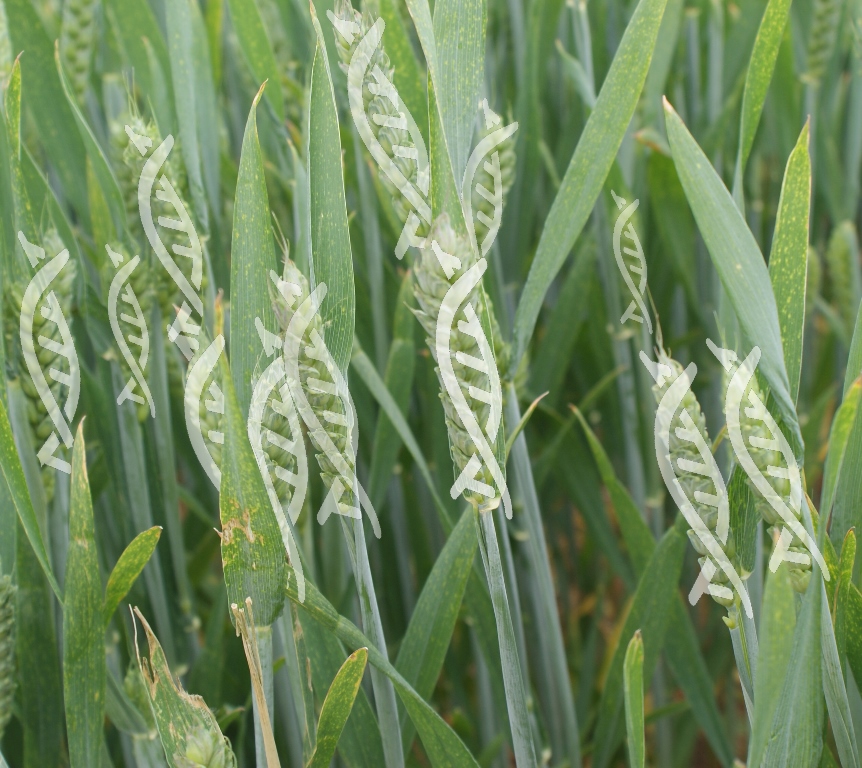It goes without saying that opting for more robust varieties – in combination with other cultural controls – has been a useful tool in the armoury for growers looking to keep a lid on their chemistry usage for some time. But could it also play a role in helping to cut carbon emissions?
“Climate change is on all of our minds at the moment,” says Jeremy Taylor, director at Senova. “When the effects of climate change set in, it will show just how resilient a variety is or isn’t to certain conditions, but it is always difficult to tell exactly how such a change will look.
“You may try a variety for three years, usually over very varied seasons, and undoubtedly the same variety will perform very differently which is a challenge.”
When crosses are made, they’re very much made to work in today’s environment, he adds. “We want to be prepared for what’s coming in the next 25 years, but at the same time we need to be putting varieties on to the market now that work in the current climate.”
With the aim of putting measures in place to offset carbon emissions immediately, it could be the case that approaches such as biofumigation become more important in day-to-day farming, requiring specialist seed mixtures from breeders.
Firms such as RAGT are already making progress in this area with their Biofum mixes. Designed to boost soil health – and thus minimising the need for chemical or mechanical intervention – biofumigation is based on using plants with high levels of glucosinolates which help to reduce the impact of soil-borne fungi.
According to RAGT, its Biofum Summer mix can reduce PCN by up to 42% per year, meaning growers are less likely to have to reach for nematicides – which could have a long term impact environmentally.
Looking to the future, this does leave a gap for New Breeding Techniques (NBTs) to come into their own – which could work to overcome the limitations of conventional breeding, says the NBT Platform, a coalition of SMEs, large industry and prominent academic and research institutes which strives to bring clarity to the European debate on NBTs.
So why should we be interested in these NBTs and how will they differ from conventional seed breeding? According to the coalition, NBTs are innovative tools that enable plant breeders to develop novel plant varieties that may provide solutions for environmental and food quality as well as food supply challenges.
The outcome of conventional plant breeding can be difficult to predict. It requires between 7-25 years, depending on the species, to generate the desired characteristics and to introduce these into stable and uniform new plant varieties.
NBTs allow the plant breeding industry to produce plant varieties in a similar – but more precise – manner compared to conventional breeding techniques, in a significantly shorter timeframe.
The actual increase in speed depends on the species of plant, the desired property and in some cases, the technique used. For example, scab-resistant apples have been produced by use of cisgenesis in approximately 12 years, compared to a period of 50 years with conventional breeding techniques. A rough estimate is that NBTs decrease the breeding timeframe by 50%.
So what impact could this have on the Net Zero goal? Work currently under development includes mildew resistant wheat, phytopthora-resistant potatoes and scab-resistant apples. “These products all require less pesticides, which in turn leads to less environmental impact, lower pesticide residues, lower post-harvest losses and cost reduction for growers as well as for consumers,” says the coalition.
“Additionally, there is also potential for the use of NBTs to develop products for bio-based applications, decreasing the industrial dependence on oil-based products.”




